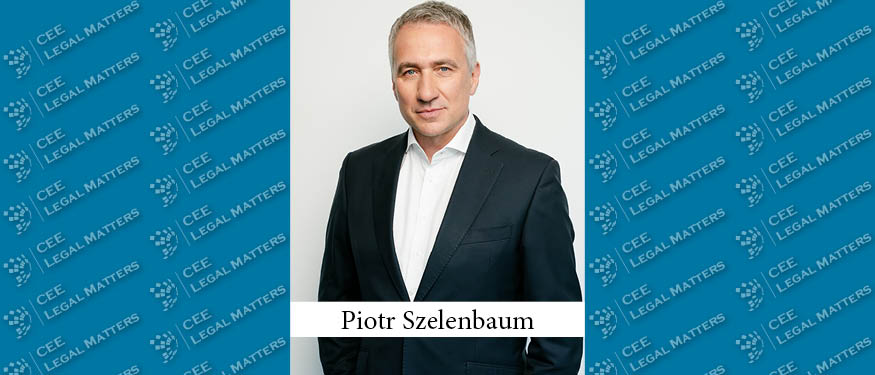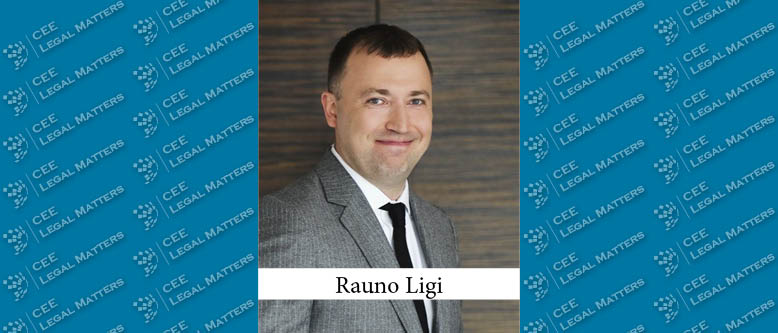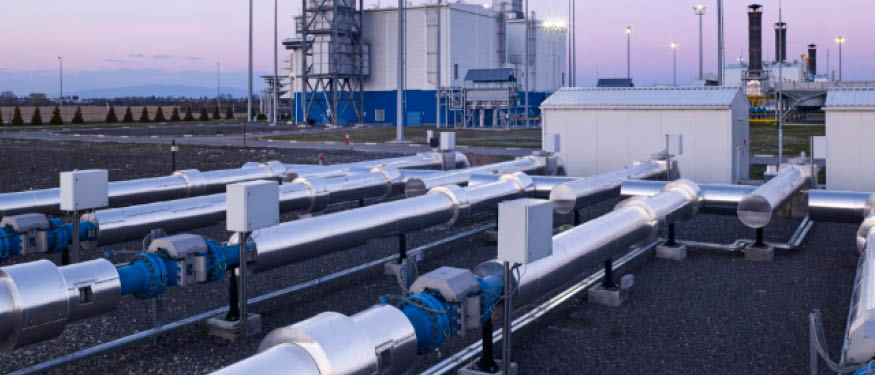The yearbook of the Hungarian tax authority summarising the most important tax events and statistics for 2022 has been published. It shows, among other things, the number of fines imposed and the effectiveness with which the tax authority's decisions can be challenged. We have compiled the most important and informative figures from the yearbook.
Surpassing budgeted tax revenues
In 2022, the tax authority collected 20,602 billion forints (around 55 billion euros) in taxes, which, according to the annual accounts, was 17.2% higher than the previous year. But what is even more impressive is that this year's tax revenues exceeded the budgeted amount by almost HUF 2.5 billion.
The tax authority attributes this positive result to three main reasons:
On the one hand, employment-related taxes produced more revenue than expected. This is explained in the yearbook by 'higher than expected wage growth' and 'favourable labour market developments'. At the same time, however, the significant reduction in tax avoidance must have contributed indirectly.
Similarly, high tax revenues were helped by higher-than-expected inflation, according to the tax authority. As a result of inflationary developments, VAT alone generated additional revenues of 1.3 billion euros.
Finally, windfall profit taxes naturally increased tax revenues. This trend is expected to continue in 2023 thanks to the proliferation of special taxes.
Tax registration is a challenge for start-ups
Although the figures have not changed significantly compared to previous years, the number of new companies for which the tax authorities have detected some kind of tax registration obstacle remains extremely high. According to the figures in the yearbook, this was a problem for more than a third of new companies: of the approximately 32,000 new firms subject to tax registration investigations, nearly 12,000 were found to have a tax registration obstacle.
The number of tax audits also increased
The tax authority also has a lot to be proud of in terms of audits: compared to 2021, it investigated 6.2% more(160 thousand) cases, of which it determined 7.8% more (almost HUF 200 billion) in unpaid taxes. The unpaid taxes detected were of course accompanied by a substantial amount of fines and late payment penalties, amounting to HUF 250 billion - and a significant part of these findings survived the various legal remedies procedures.
This is a particularly interesting result considering that barely 6% of tax authority investigations were tax audits. Thus, the tax authorities continue to prefer to apply less invasive investigations and it is our experience that the tax authorities often prefer soft investigations rather than tax audits that result in fines.
A significant proportion of the findings - more than 90% - were made in the area of VAT. VAT also plays a prominent role in that the tax authorities have carried out a number of reassessments of fictitious invoicing chains, thus in several cases overturning findings for periods already closed by an audit. In terms of statistics, the tax authority closed 52 reassessments in 2022, which resulted in an additional - and substantial - HUF 3.1 billion in unpaid taxes to the detriment of taxpayers, compared to only HUF 3 million in their favour.
The tax penalty reduction
If we look only at the number of tax audits, the conditional tax penalty reduction continues to live up to expectations. A striking proportion of the approximately 10,000 tax audits is that in one tenth of these cases (990 in 2022), taxpayers have made use of the conditional reduction, i.e. waived their right to appeal in order to reduce the tax penalty imposed.
However, the yearbook shows that this mainly affected smaller cases: in 990 cases, taxpayers paid less than HUF 6 billion in tax arrears, which saved them HUF 1.6 billion in tax penalties. This figure is dwarfed by the total 200 billion forint of assessments in 2022, and this rate has remained essentially unchanged for years.
EKAER is not our strength
The tax authority also found a large number of irregularities in connection with the use of the Electronic Road Goods Control („EKAER”) System. Although the 2,200 infringements detected in 2022 are nominal compared to the almost 8 million EKÁER notifications made last year, it is noteworthy that this figure - with the same number of targeted controls (around 43,000) - is a significant hike compared to the number of irregularities detected in 2021 (1,335).
When the tax authority investigates
In 2022, the tax authority prosecuted more than 3,000 cases of criminal offences. 40% of these were tax fraud, 23% were infringements of industrial property rights and 11% were bankruptcy offences. The value of the latter three categories exceeded HUF 40 billion last year.
Statistics of legal remedies
In the year 2022, it also seems to be true that anyone who seeks to effectively challenge the tax authorities will have to go to court. The second instance body of the tax authority (the Appeals Directorate) found only 12% of the appeals filed in 2022 to be well-founded, upholding the first instance decision in the rest.
Last year, a total of 943 administrative lawsuits were brought against the final decisions of the tax authority, with a total value of approximately HUF 59 billion. This also means that barely a quarter of the cases reach the court stage. However, an average of one fifth of these claims are successful from the taxpayers' perspective.
It is also significant that the courts awarded a total of HUF 135 million in legal costs in favour of taxpayers in these cases. This is, in average, 10% of the litigation value of the cases which were won by taxpayers. In other words: last year, on average, at least 10% of the value of the case had to be borne as legal costs to be successful. And of course, this is only the amount awarded by the court, experience shows that the actual costs, especially in smaller cases, can be several times higher.
Last year, taxpayers appealed 164 times to the courts and the tax authority appealed 91 times to the Curia, Hungary’s highest court. At the Curia, the tax authority's win rate is much lower than in the ordinary courts: the Curia only upheld the tax authority in 62% of the cases it heard.
By Dániel Veres, Advisor, Jalsovszsky















